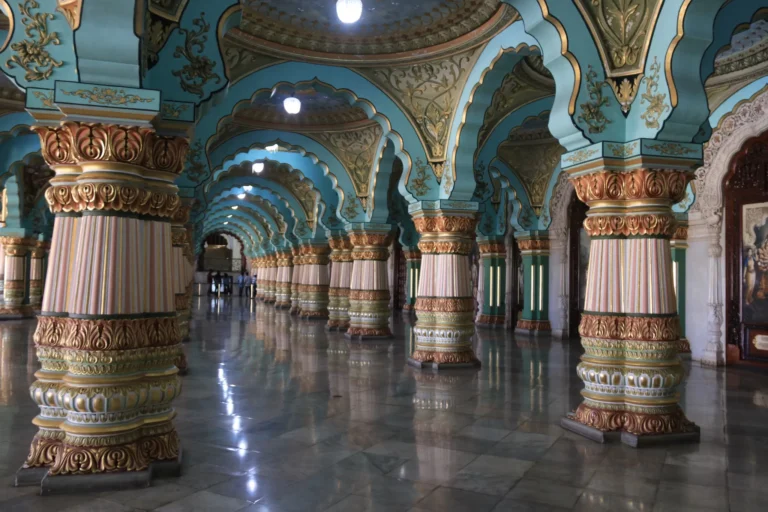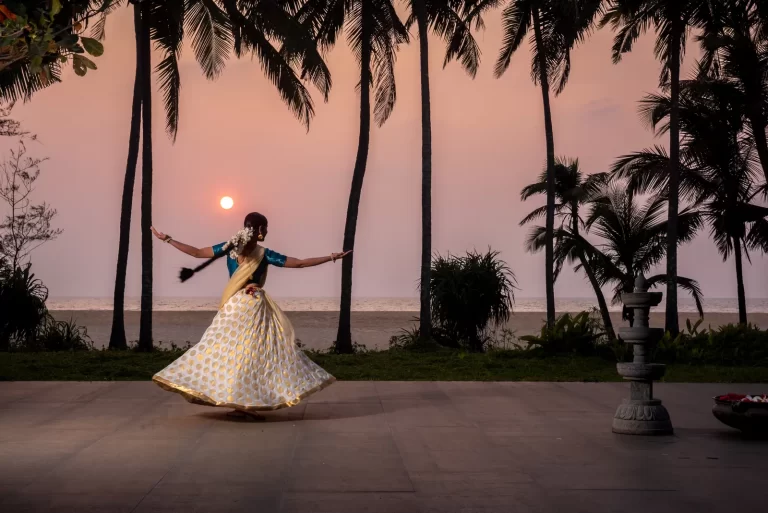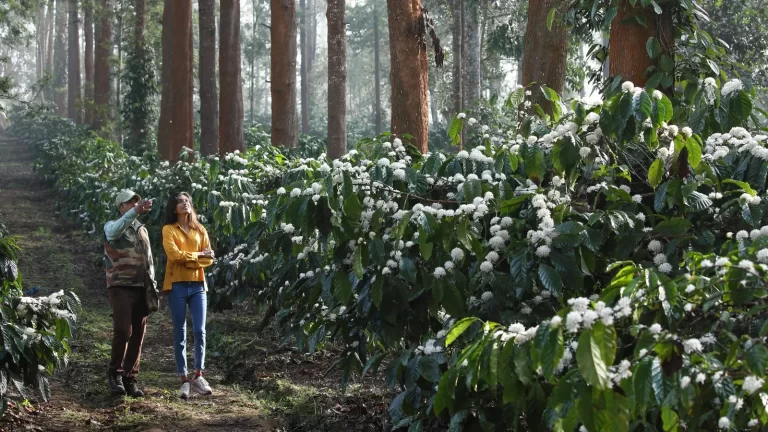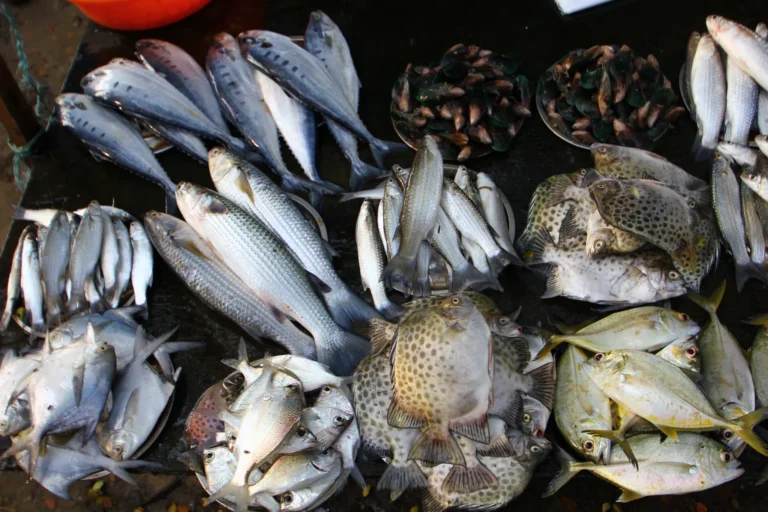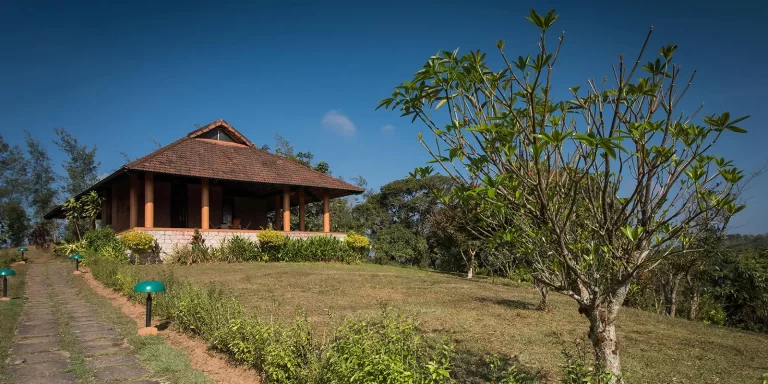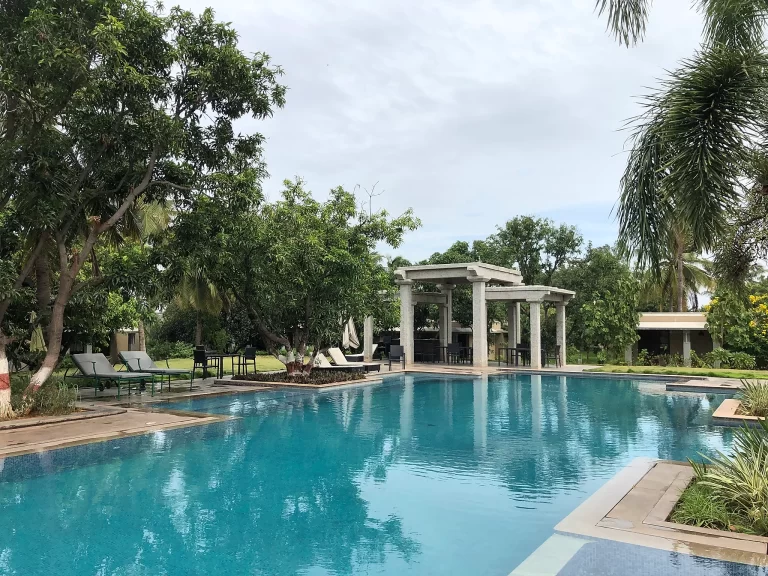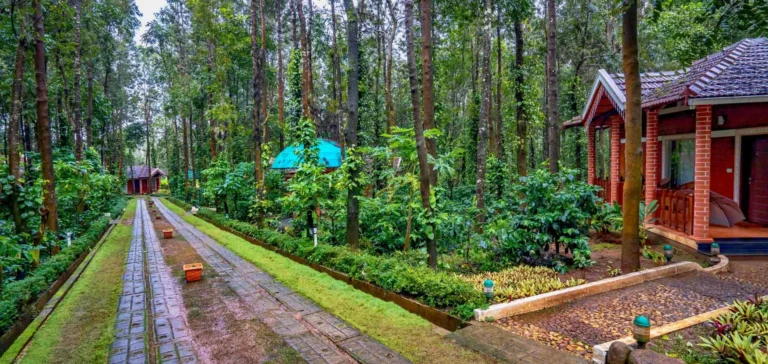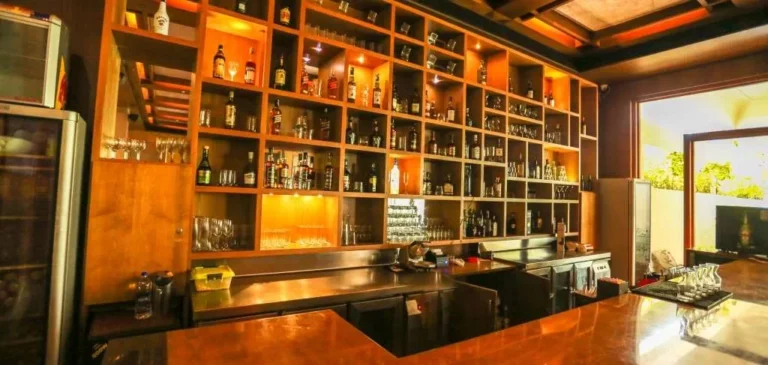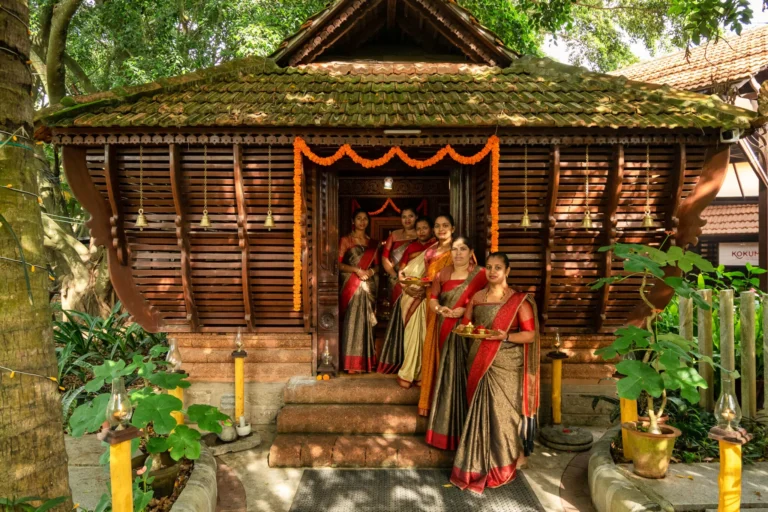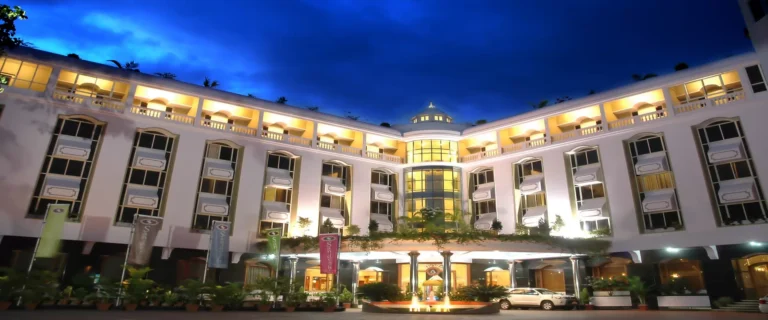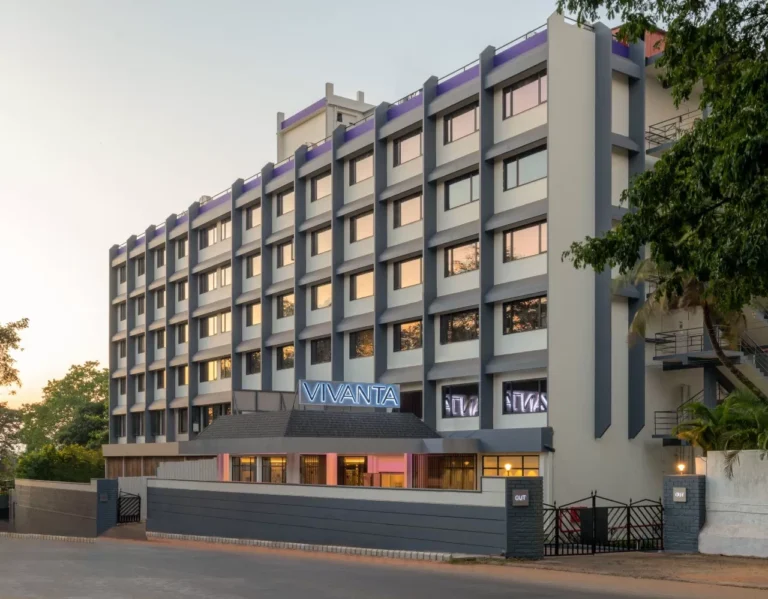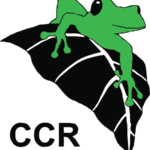This itinerary combines the very best of Goa and Karnataka. History, culture, cuisines, majestic landscapes and a World Heritage Site for each day of the week – all beckon you to parts of South India often overlooked.
Karnataka is a microcosm of South India, with spectacular temples and grand palaces telling wonderous tales from bygone eras. This is the cradle of South Indian empires, where the grandeur of the Vijayanagara empire and the Chalukyas, the elegance of the Hoysalas and the Rashtrakutas, the aesthetics of the Wodeyars and the bravery of Tipu Sultan can still be felt through their imprints on this land, now considered some of the biggest architectural treasures in all of India.
All this is set in a landscape as varied as it is grand, from a glorious coastline to the bio-diverse wealth of the Western Ghats, to the boulder strewn inland plains.
Neighbouring Goa, where we start is so much more than the sandy beaches it is best known for, with rich Portuguese history in Velha Goa (Old Goa) and Goan cuisine. A scenic train ride on India’s famous Konkan Railway down the West coast brings us to cosmopolitan Mangalore, with a distinctive cuisine and early Christian history.
Proceed inland to stunning Coorg (Kadagu), nestled on the slopes of the Western Ghats. Coorg’s undulating hills, lush green forests and a spectacular landscape dotted with coffee plantations, vast tea gardens and orange groves explain why it is known as ‘the Scotland of India’. The 18th-19th century regal splendour of Mysore (Mysuru) enchants with its grand facades and lavish interiors.
If you love hiking, or coffee, or both, you’ll love Chikkmangalore (Chikkamagaluru), with its picturesque landscape, soothing climate and coffee plantations.
The newly described World Heritage Sites of the Hoysala Temples are exquisite examples of delicate stone sculptures, while the boulder strewn golden hills of Hampi are home of one of the most evocative ruins anywhere in the world.
The World Heritage Sites of Badami, Aihole and Pattadakal are magnificent story-tellers of how South Indian temple architecture evolved with empires and eras.
Our circular route brings us back to South Goa, where the vibe is serene, the beaches quieter and the sands whiter – a perfect way to end this epic holiday.

